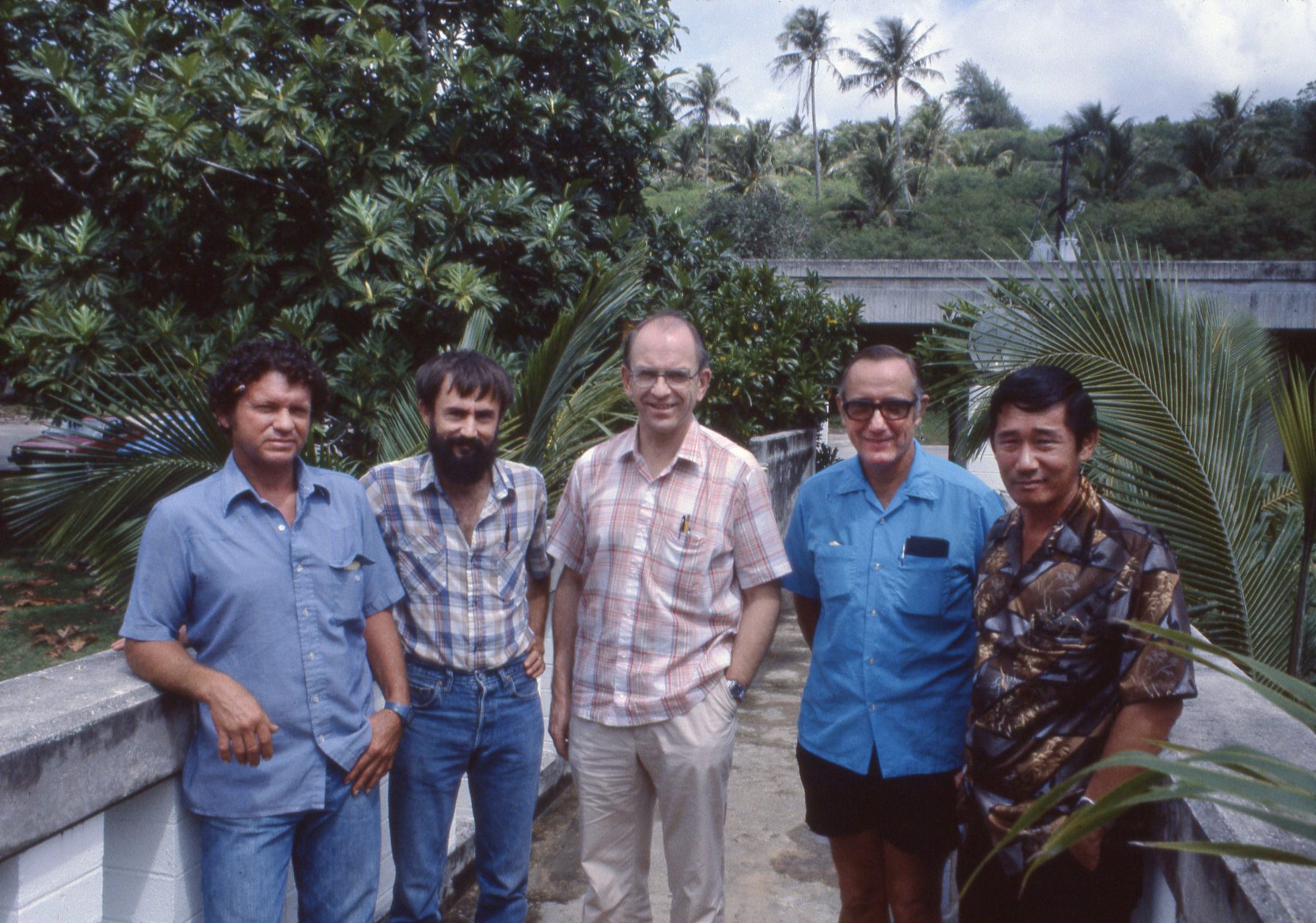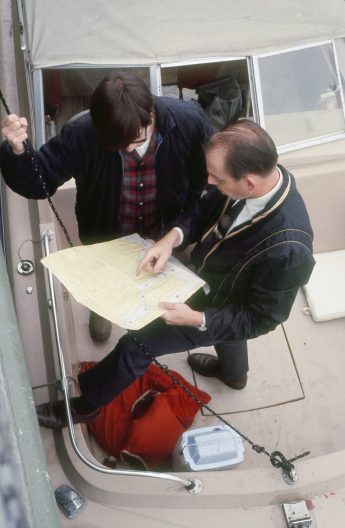In Memoriam: Lynwood Stephen Smith
Thank you to the Smith family and the many students, colleagues, and friends for their contributions to this memoriam.
On July 30, 2021, Lynwood Smith, SAFS professor emeritus, passed away at the age of 92.

Lynwood was born in Snohomish, Washington. He obtained his undergraduate degree and PhD from the University of Washington. Before joining the School of Fisheries in 1965, Lynwood taught zoology at Chehalis High School, Bremerton Community College, and the University of Victoria, Canada. Lynwood joined the UW faculty as an associate professor and was promoted to full professor in 1976. He retired from the University of Washington in 1993.
During his time at the School of Fisheries, and as member of the Fisheries Research Institute (FRI), Lynwood’s research focused on real-world issues and opportunities. His publications included contributions to fish physiology and the effects of environmental stress on fish. He also documented gas-bubble disease in migrating salmon on the Columbia River around the tailraces of the major dams with Tim Newcomb (PhD, 1978), one of his students. This work led to the deployment of “flip lips” in the tailrace, which project water along the surface of the river, thereby reducing gas supersaturation that causes gas-bubble disease. Lynwood also conducted research on salmon smoltification; work with Tom Flagg (MS, 1981) demonstrated the reduction in swimming ability of juvenile salmon during smoltification.
Later in his career, Lynwood helped to set up a “Center of Excellence” in Valparaiso, Chile, funded by the Rockefeller Foundation, and then led the same kind of program for USAID in Ambon, Indonesia. Lynwood published six books: “Common Seashore Life of Northern California & the Pacific Northwest” (1962), “Introductory Anatomy and Biology of Selected Fish and Shellfish“ (1973), “A Practical Guide to the Anatomy and Physiology of Pacific Salmon” (1975 with Gordon Bell), “Living Shores of the Pacific Northwest” (1976 with Bernard Nist), “Introduction to Fish Physiology” (1982), and “Environmental Stress and Fish Diseases” (1999 with Gary Wedemeyer and Frey Meyers).
Tom Flagg noted, “When I took Lynwood’s Fish Anatomy class in the early 1970s, I was introduced to the informative lab book he authored that detailed organ anatomy, nerve, and circulatory systems. I used the book when I subsequently served as his teaching assistant, and a now very dog-eared copy still sits on my bookshelf.”

Lynwood’s students emphasized how he developed new hands-on tools for working with live fish and carefully documented each tool, from surgical procedures to exposure chambers to biochemical and physiological stress response measures.
Lynwood’s work on the swimming physiology of adult salmon took place on the 100 x 35 ft floating laboratory R/V Kumtucks (“to know or to understand” in Chinook), which he was instrumental in getting built and running. Alan Mearns (PhD 1971) said that Lynwood’s idea for the Kumtuks was simple: “take the lab to the fish.” (To learn more about the R/V Kumtucks, read Alan’s centennial story)
“I learned much more than science from Lynwood—lessons that carried me though the rest of my career.”
Alan Mearns (PhD 1971)
Alan recalled, “Lynwood was a perfect professor for me at the time of my doctoral studies. He was a very thoughtful, quiet, respected person, who cared for his students. He was chief of the ‘Kumtuks team,’ having designed, then overseen, construction of the UW’s floating laboratory, involving graduate students in every aspect of vessel and laboratory maintenance and field work. He collaborated with other staff and faculty, basically showing his students how to appreciate diversity, connecting us with other FRI projects and the larger world of prominent fish physiologists. He taught us medical and surgical procedures that he adapted for working with live fish, yet he also gave us independence to work out our own approaches to solving scientific challenges.” Alan also noted, “I learned much more than science from Lynwood—lessons that carried me through the rest of my career: think big, design your own approach to problems, challenge conventional wisdom, make lasting friends…and summarize what you learn in a simple graphic.”
Rick Cardwell (PhD 1973) recalls, “I felt Lynwood distinguished himself for his character and as an educator, not for the rough-and-tumble life of getting grants and publishing.”

Gary Sakagawa (PhD 1972) remembers Lynwood as a gracious person who provided him time for an experiment on his barge, which was anchored one summer in Neah Bay. Gary’s time on the barge was a great experience because all Lynwood’s graduate students were there. They lived on the barge and had time to exchange information on each other’s experiments and thoughts about fishery issues.
Following his retirement, Lynwood continued to build small boats, do woodwork, create Bonsai trees and make music.
Lynwood is survived by his wife Betty; their three children, Becky, Peggy, and Paul; four grandchildren; and one great granddaughter.